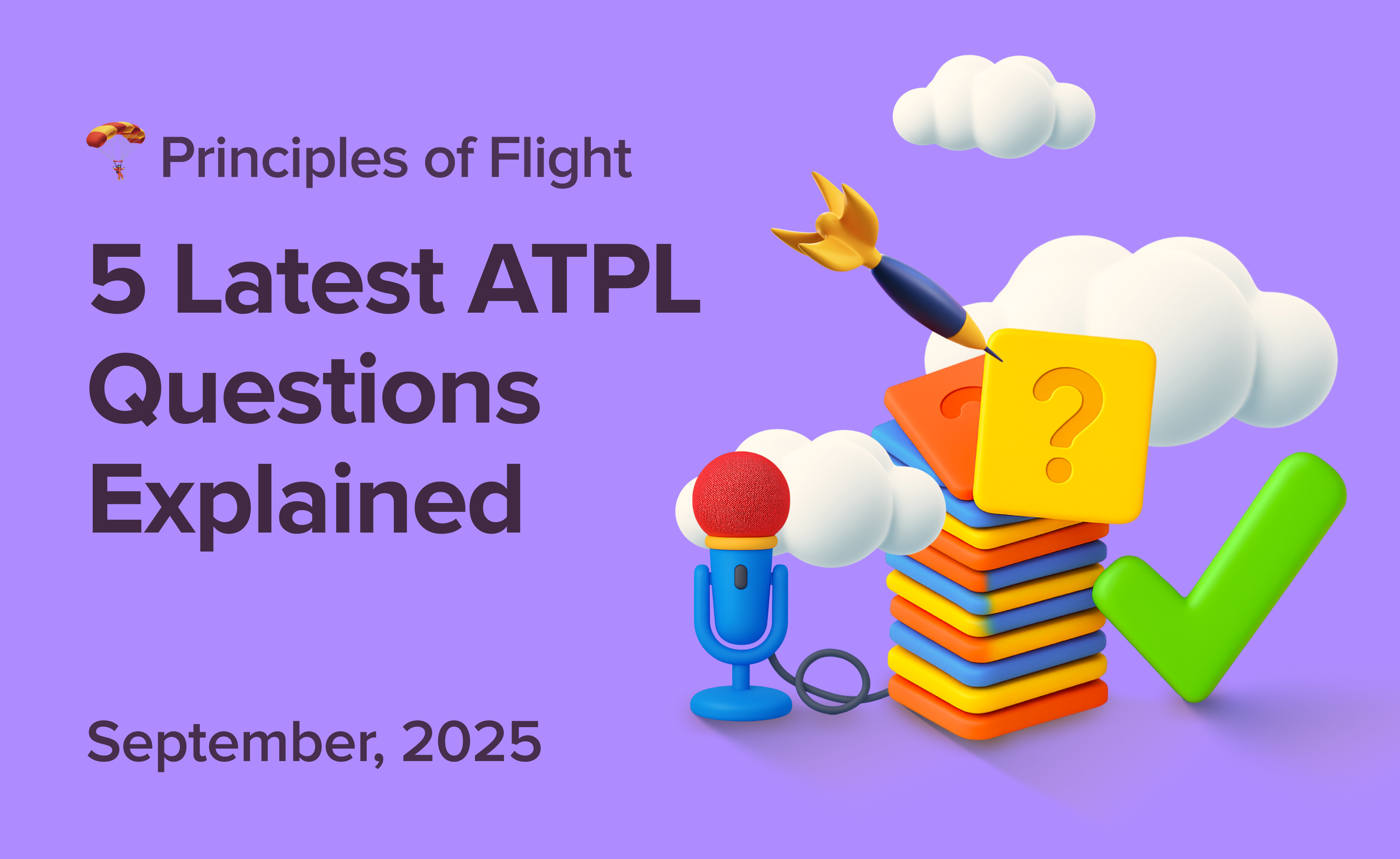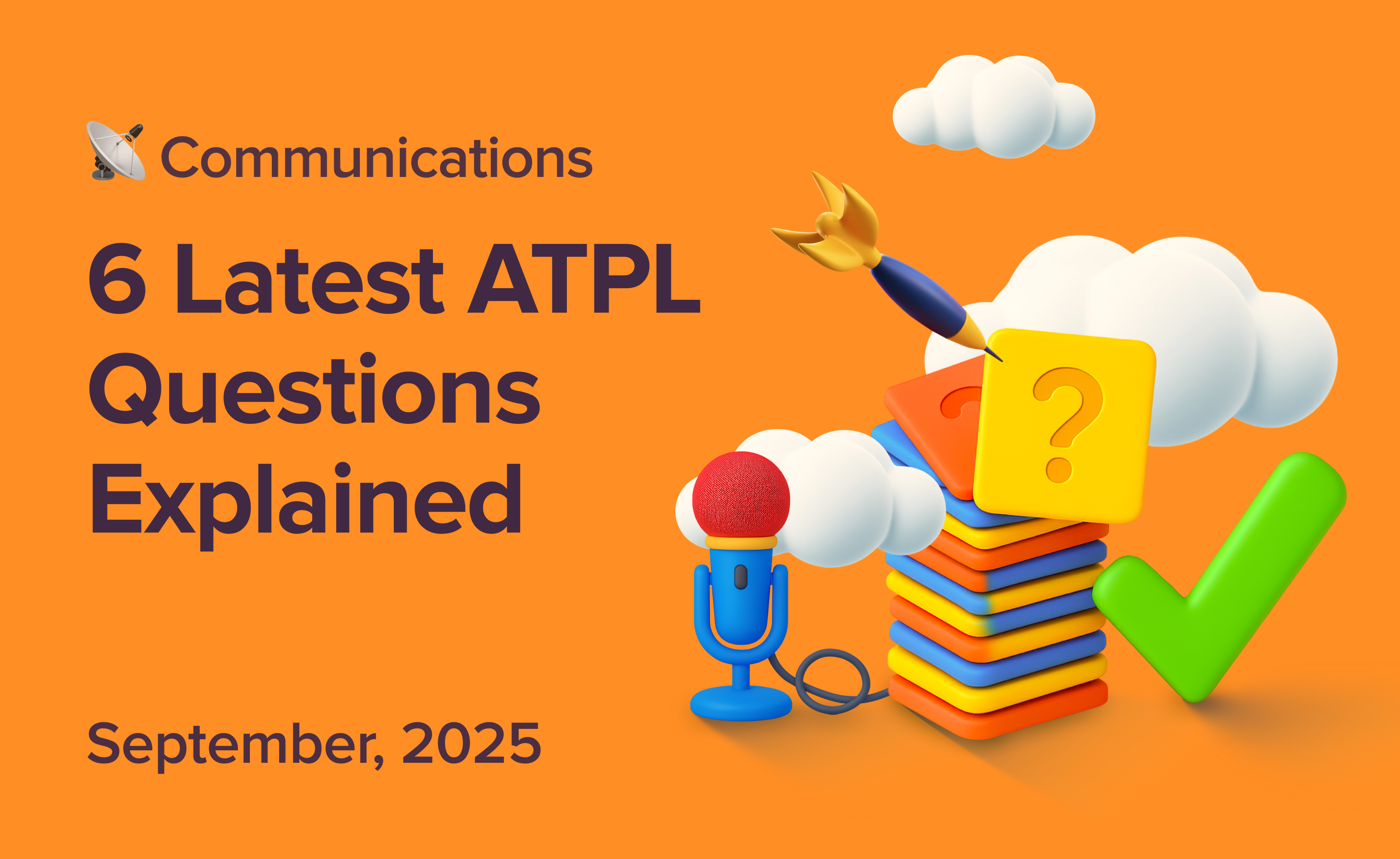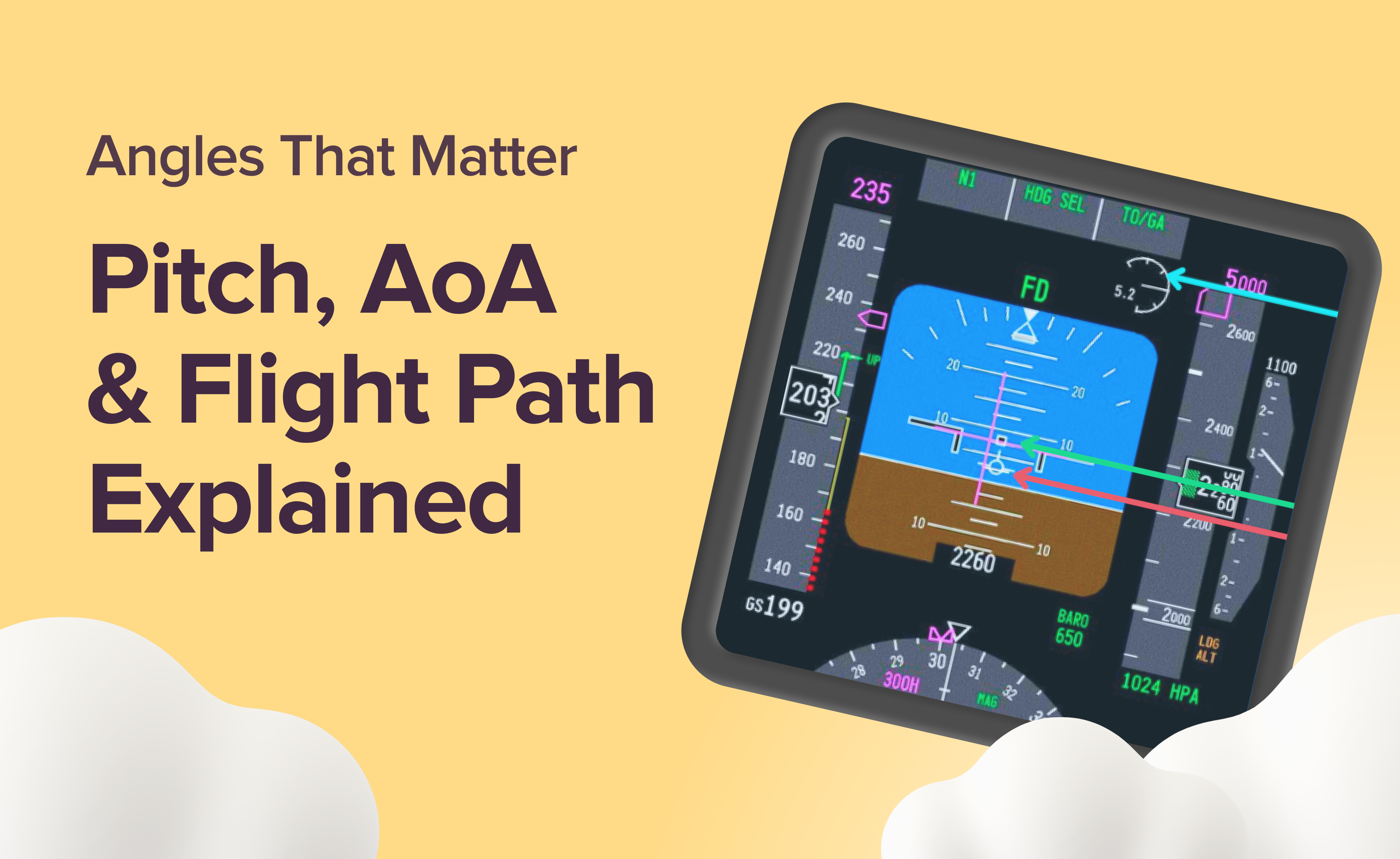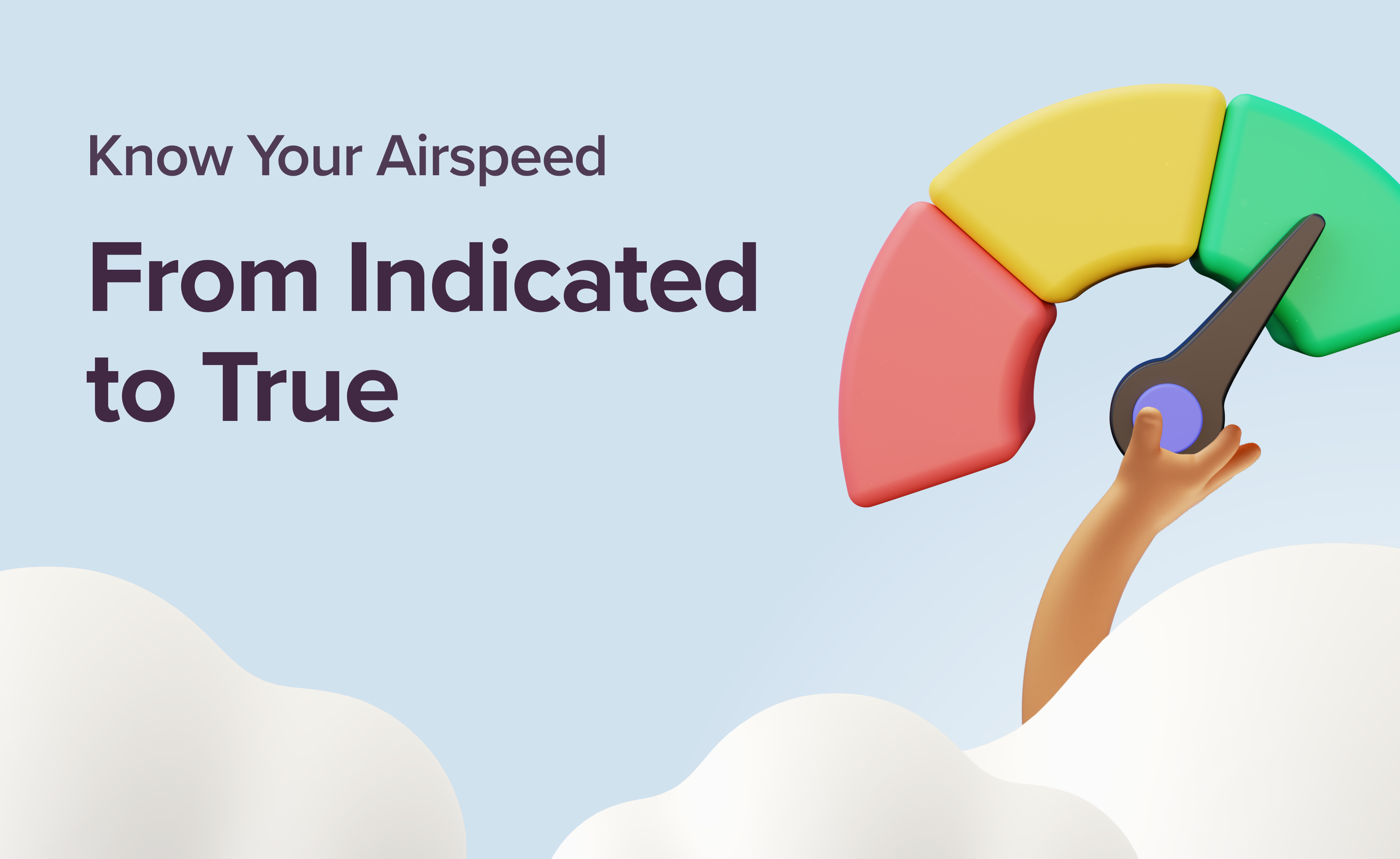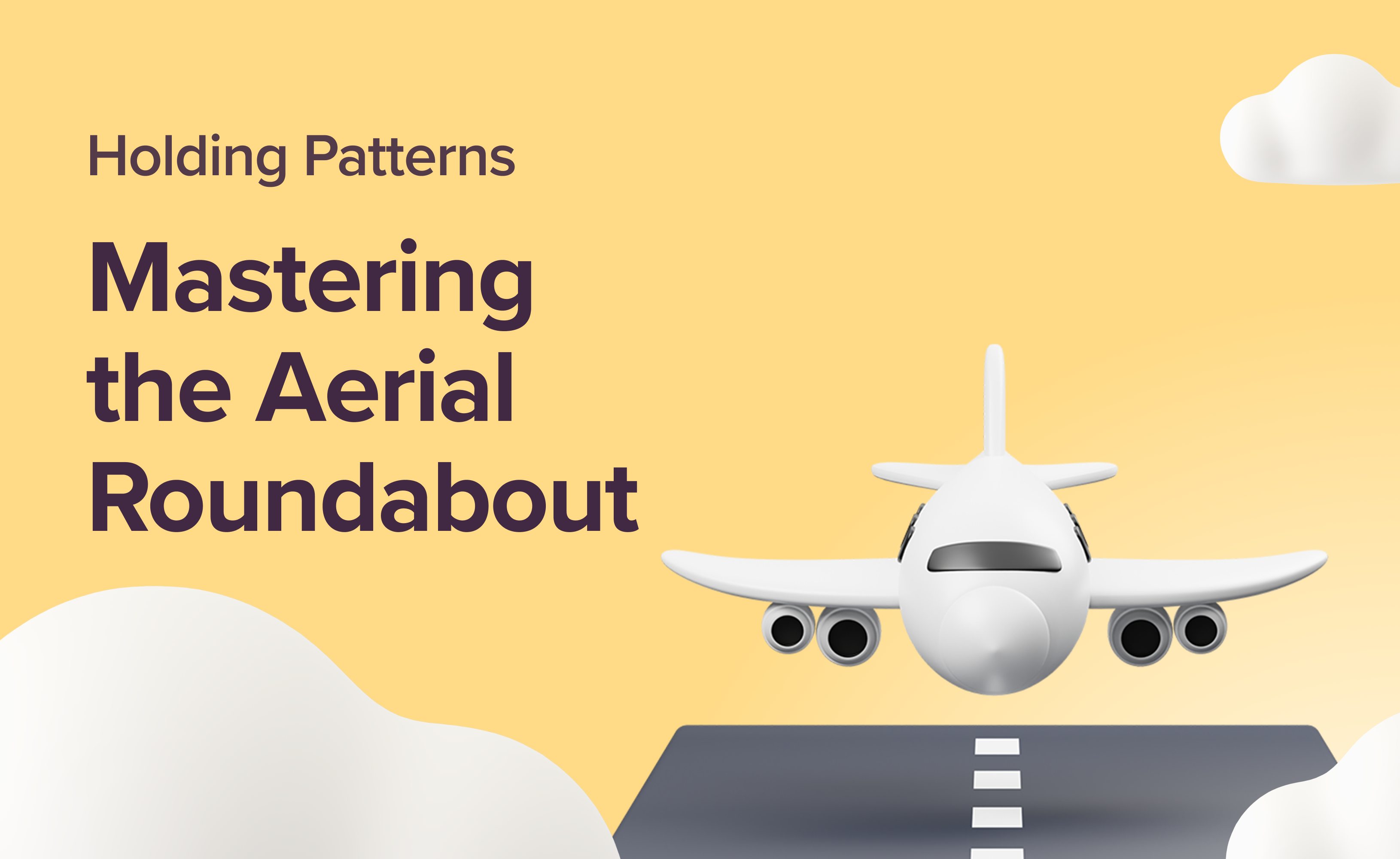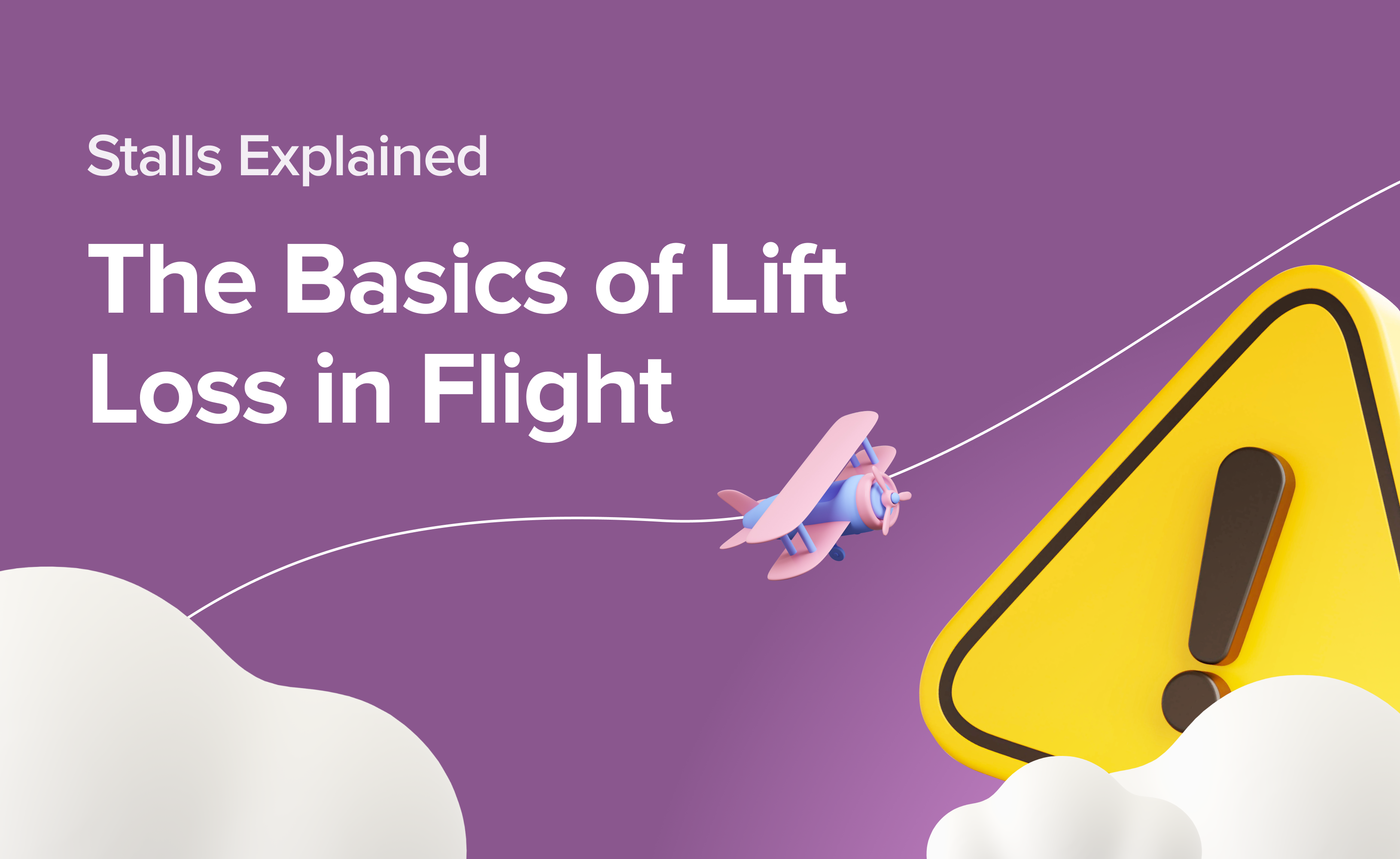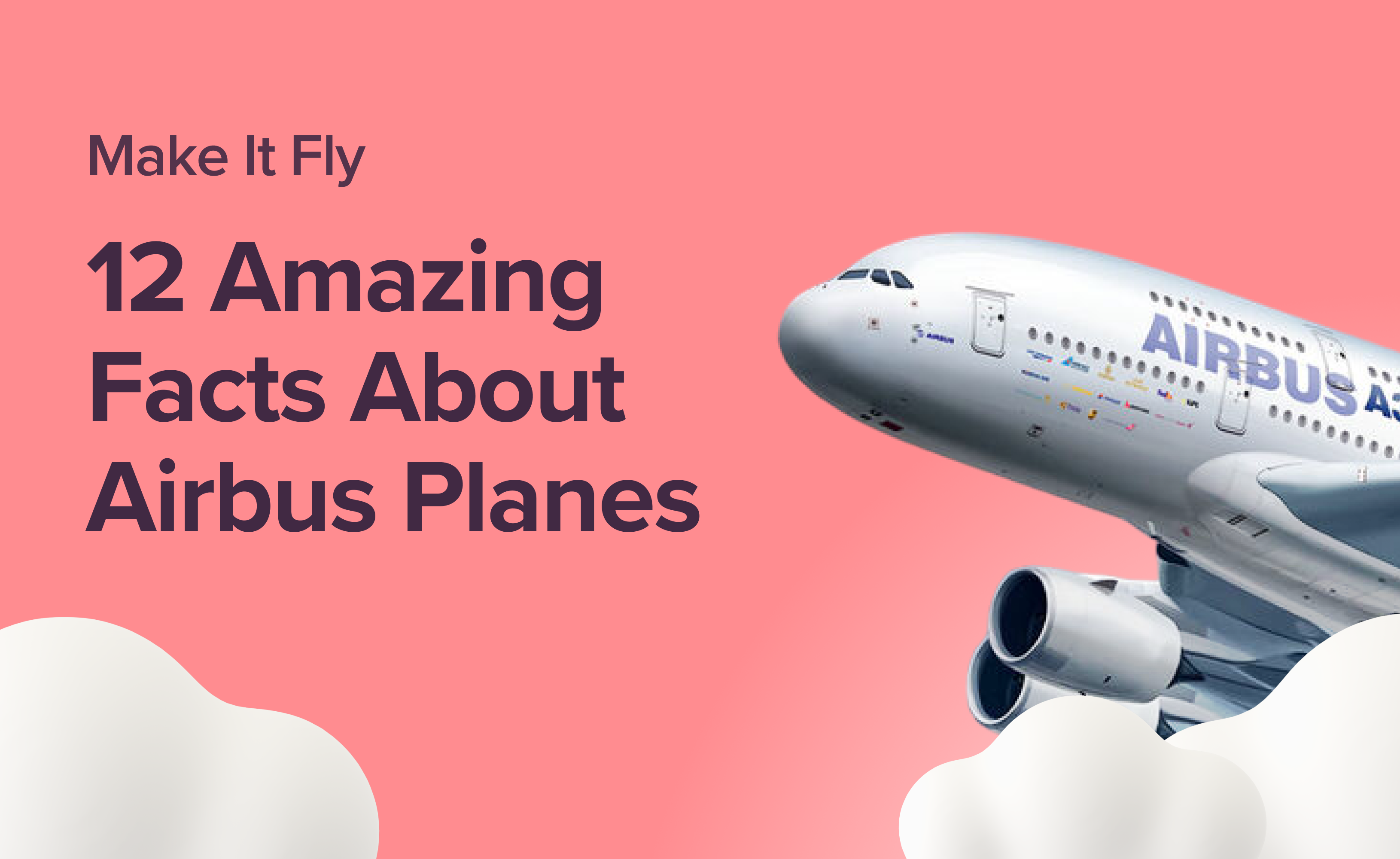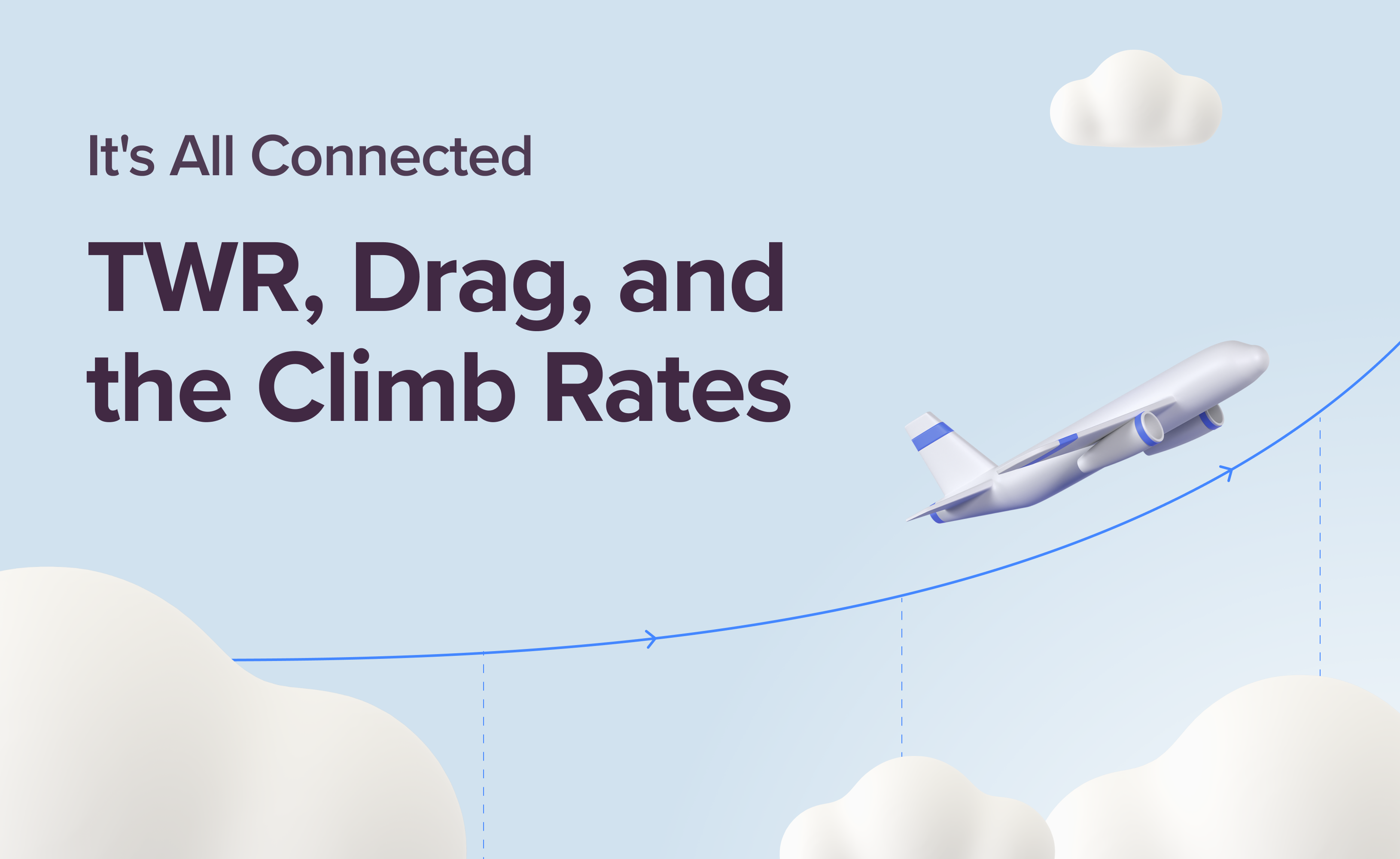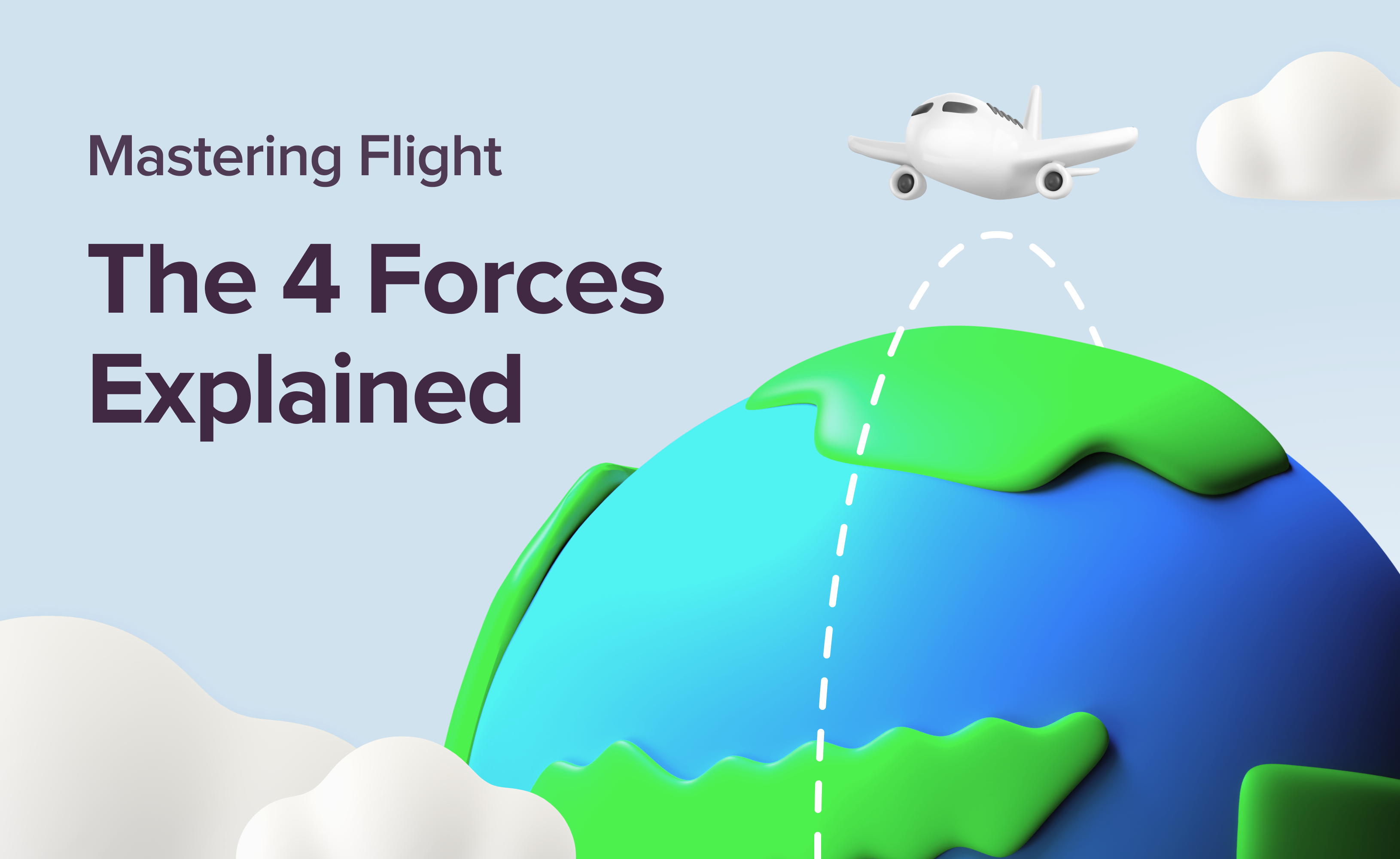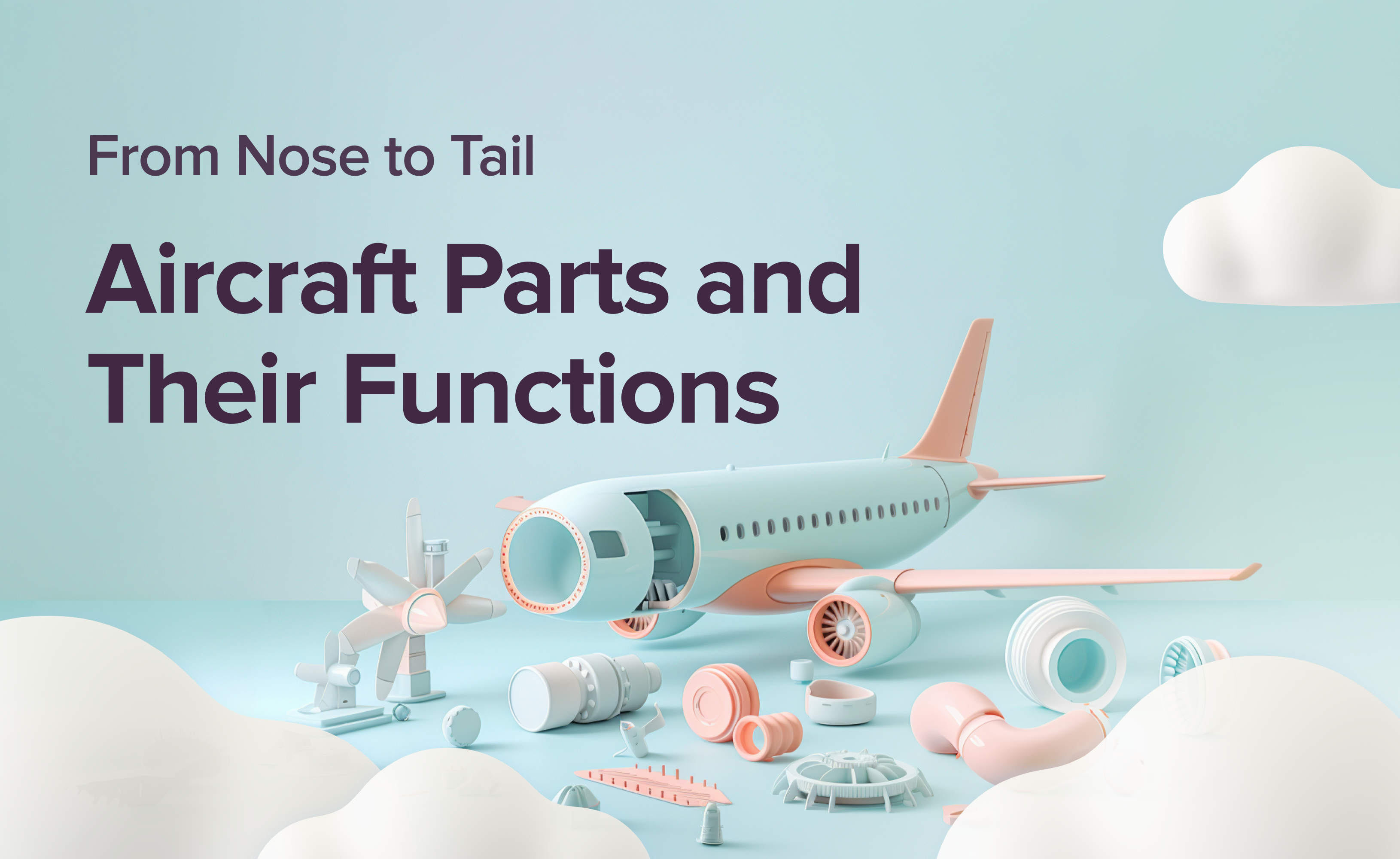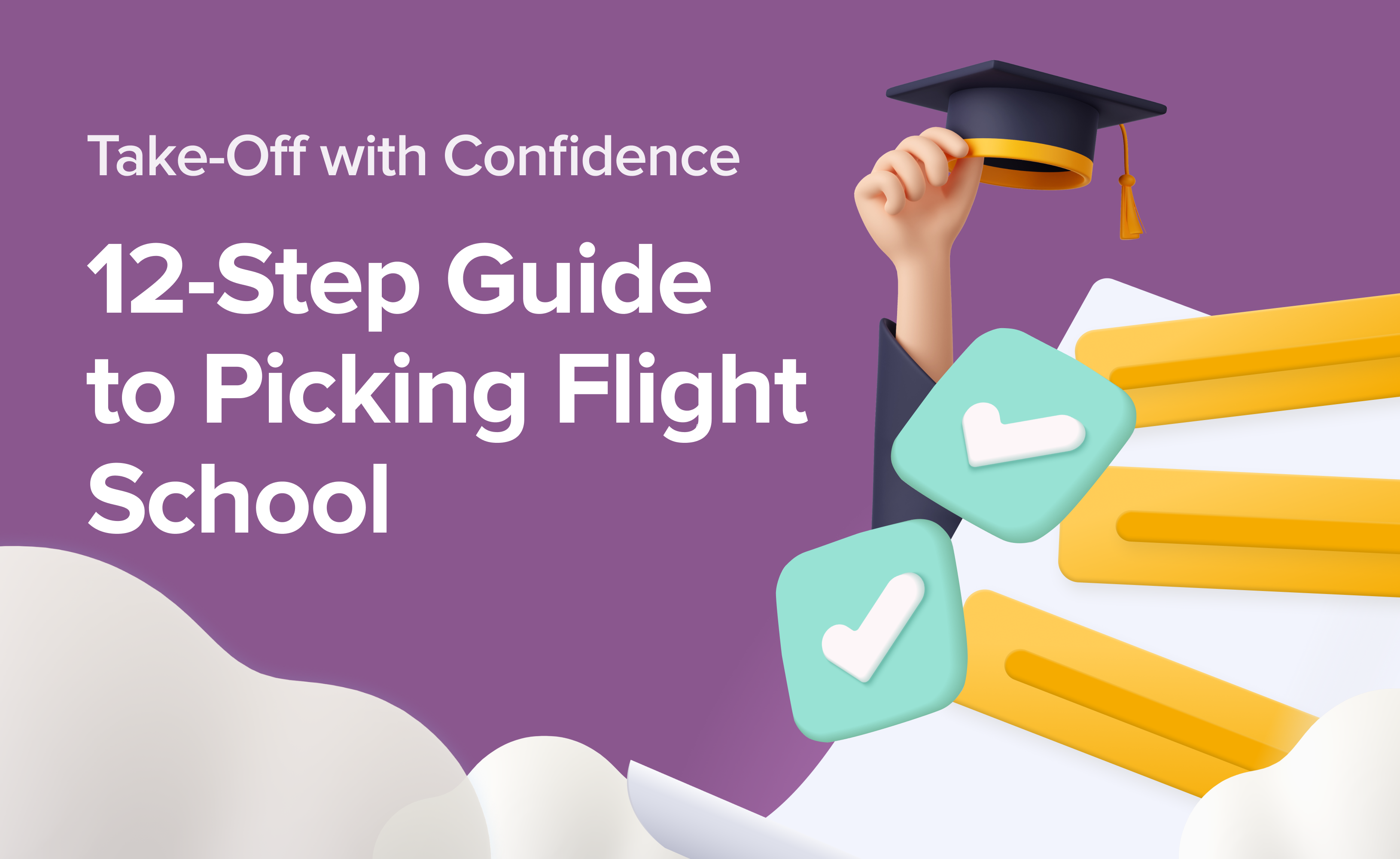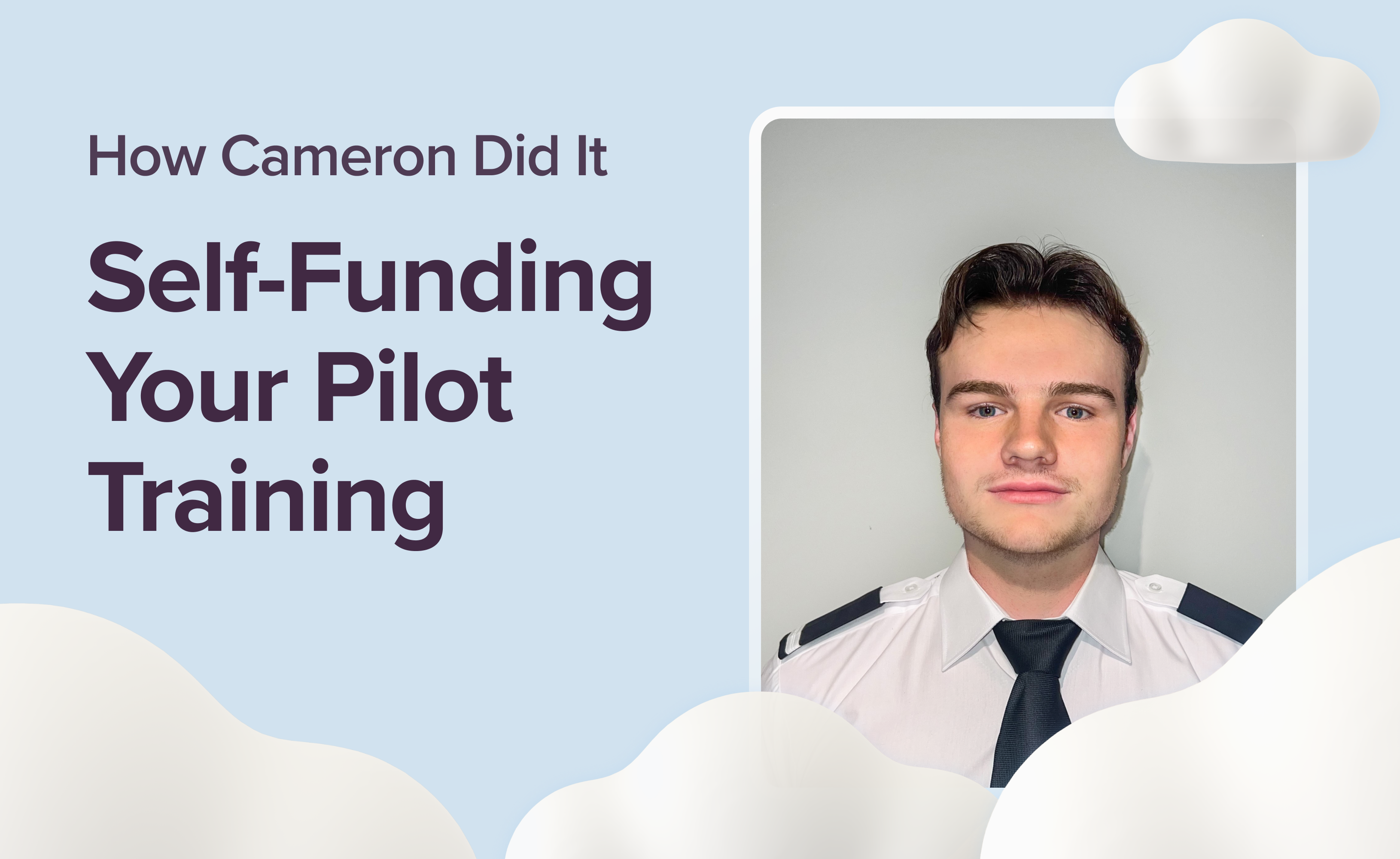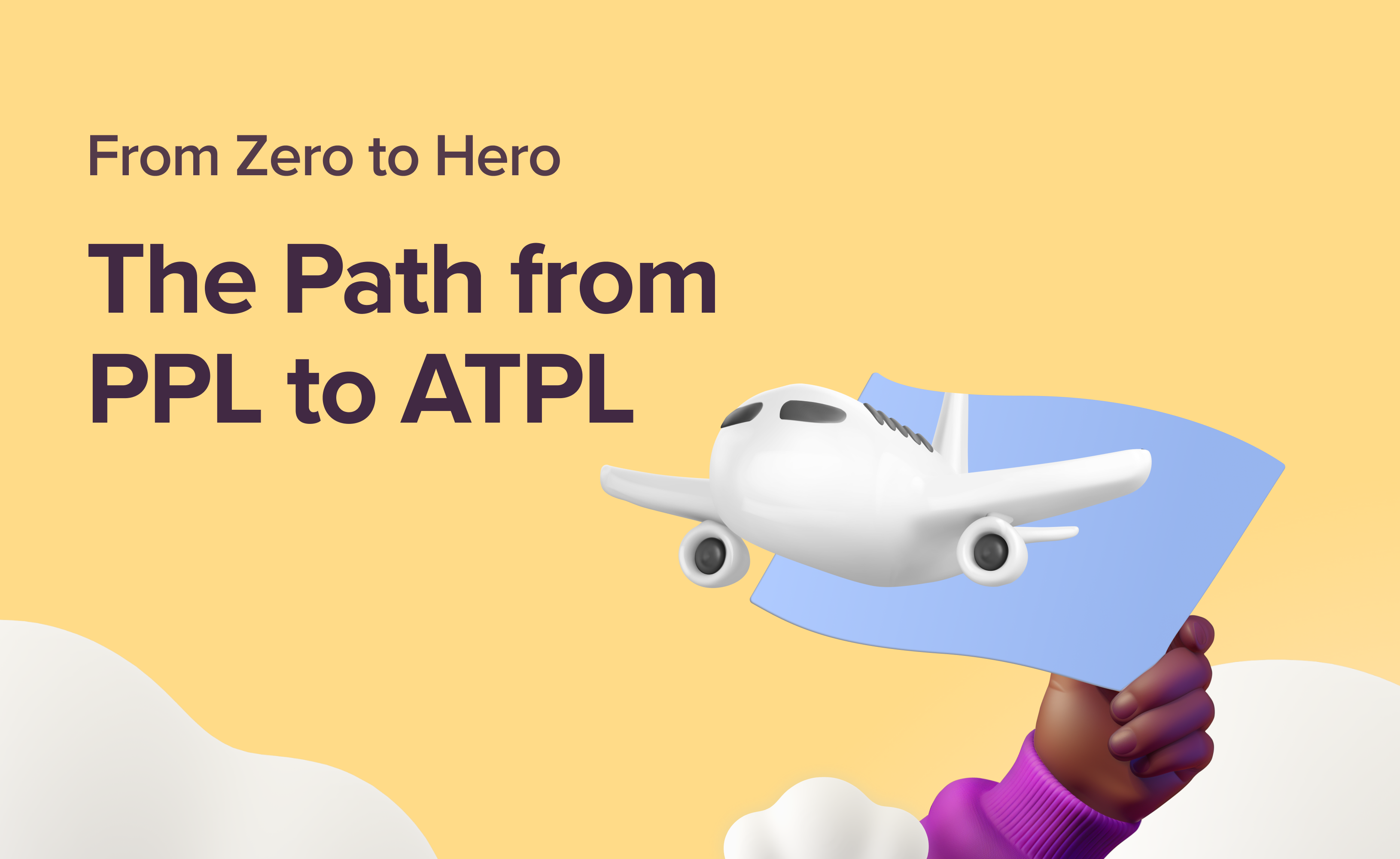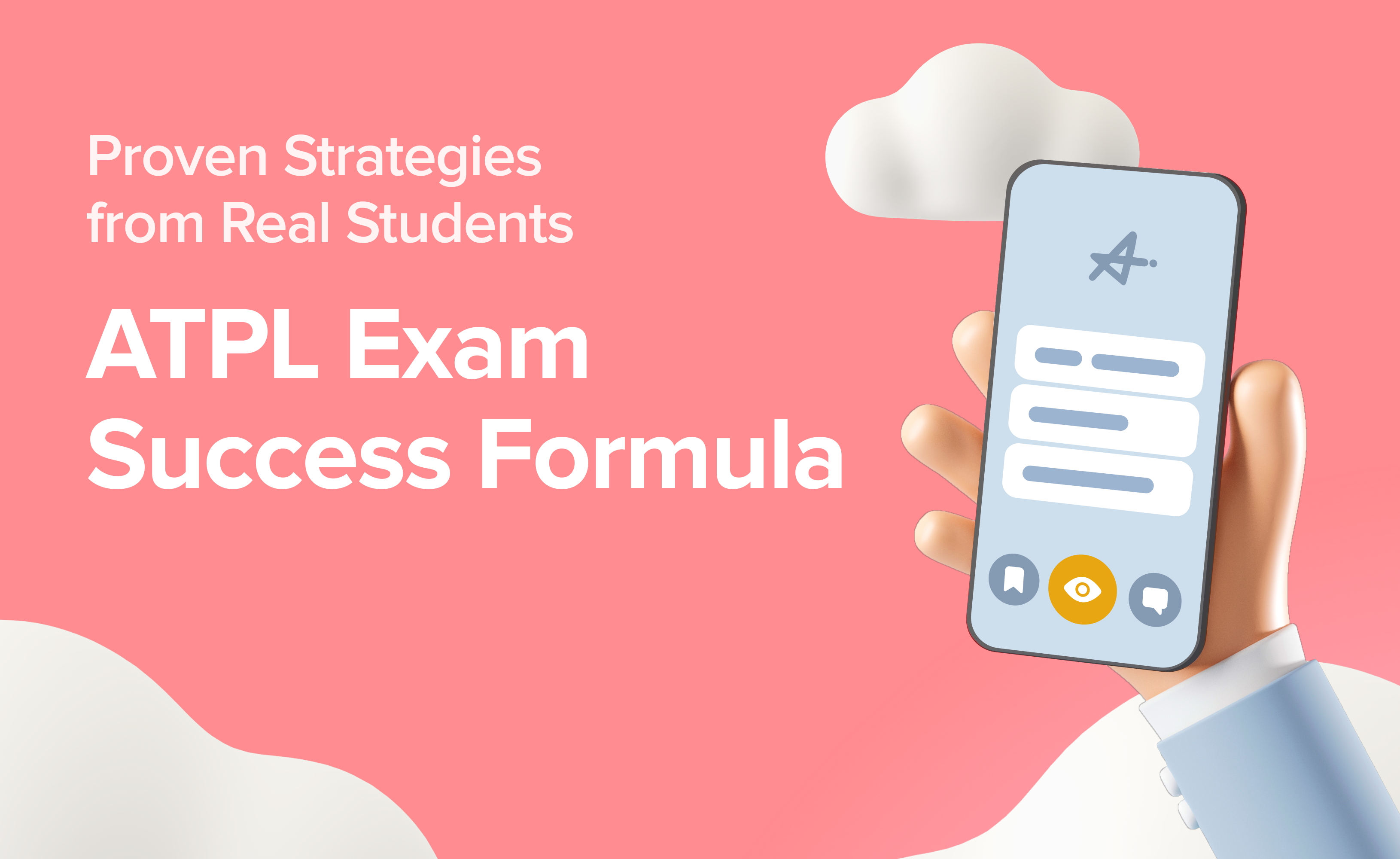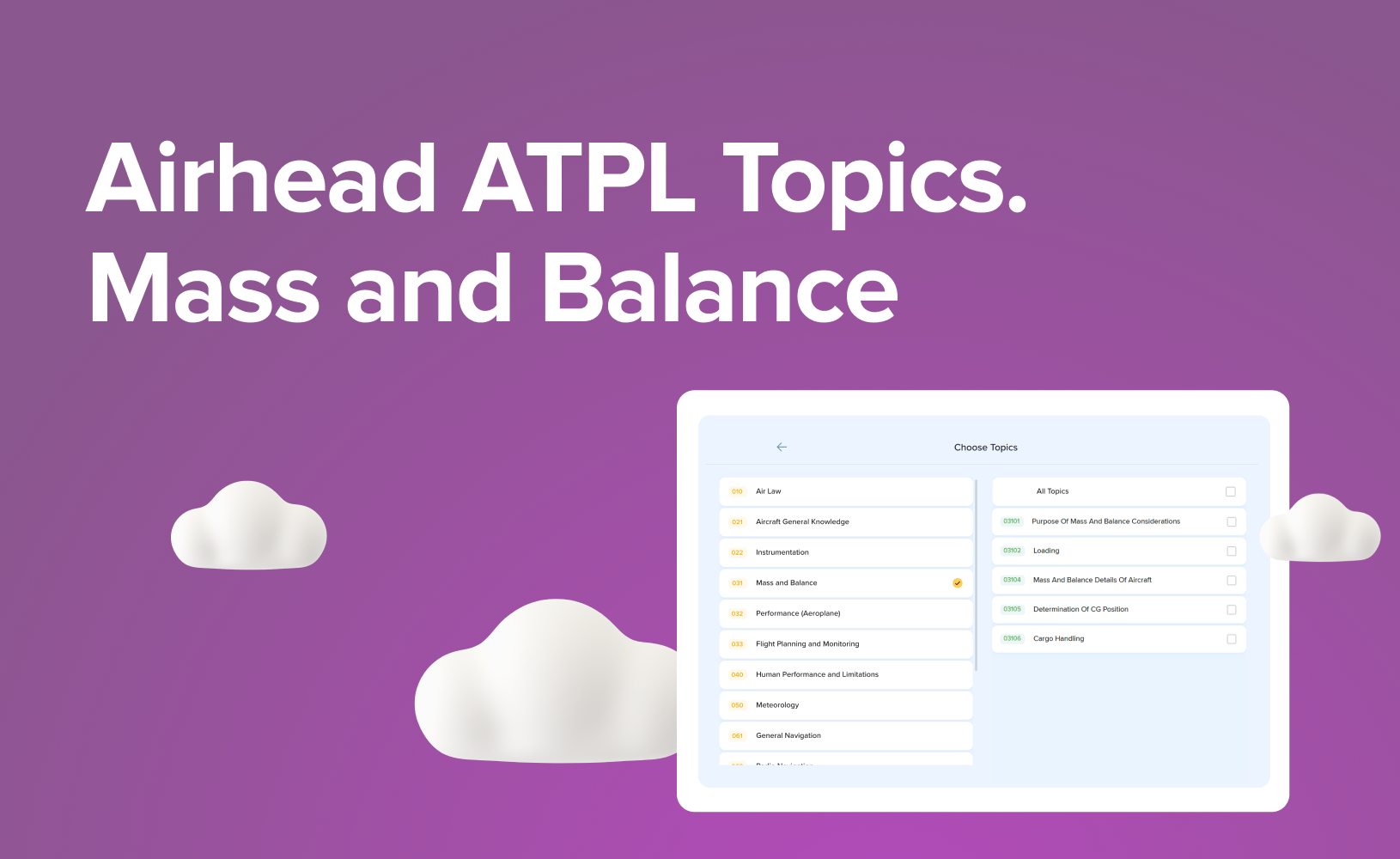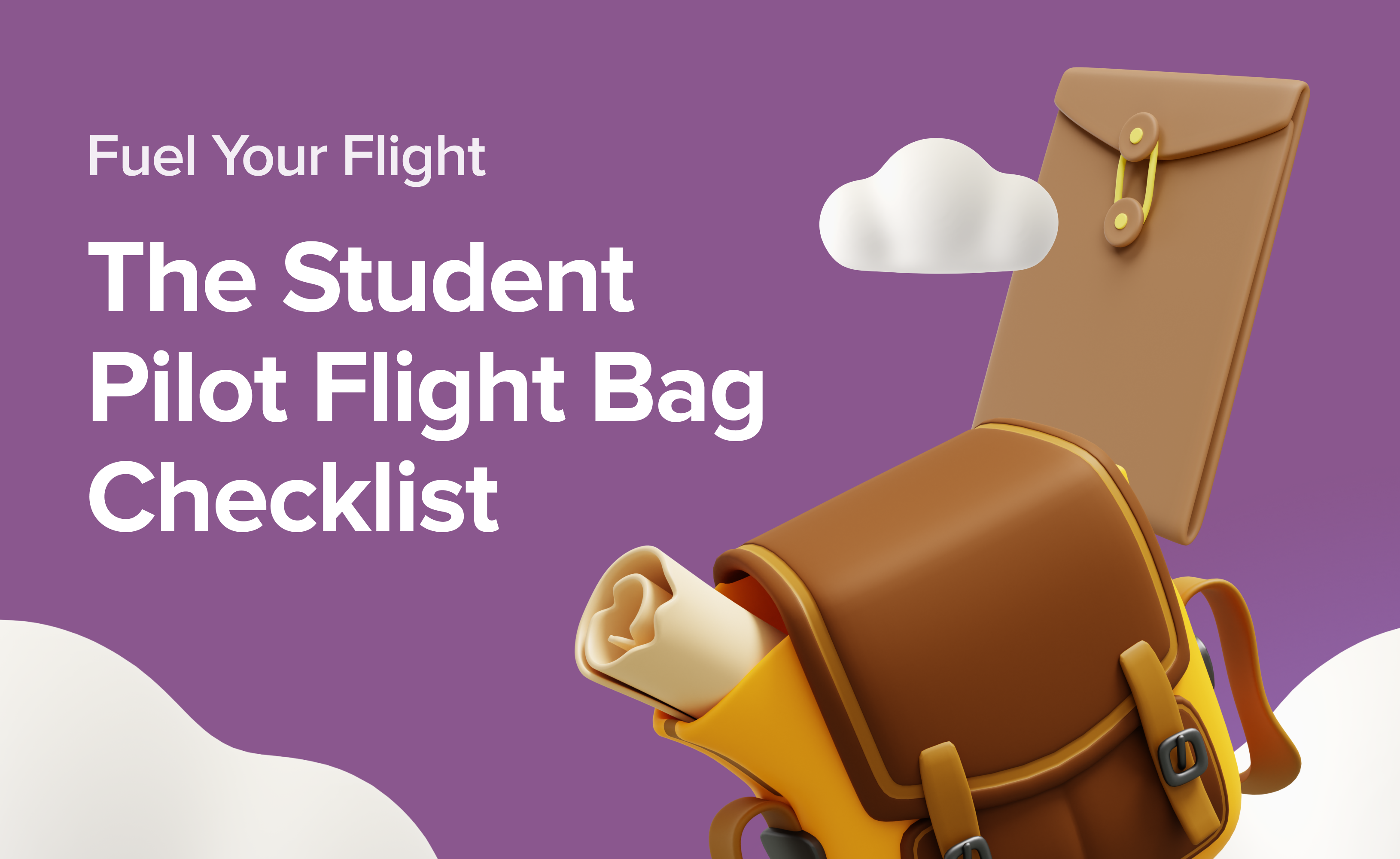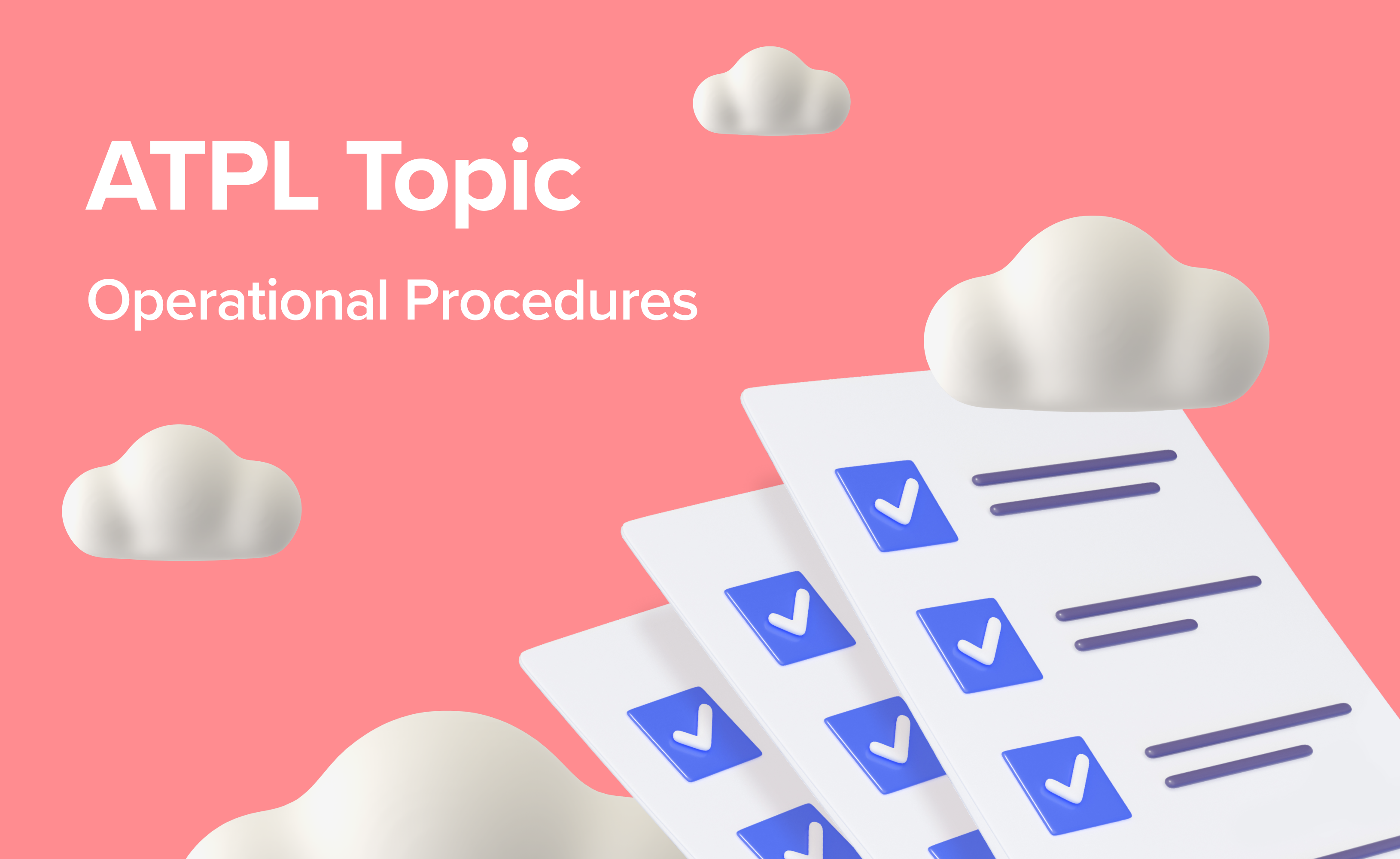Navigating First Pilot Job. Tips for Newly Licensed Pilots
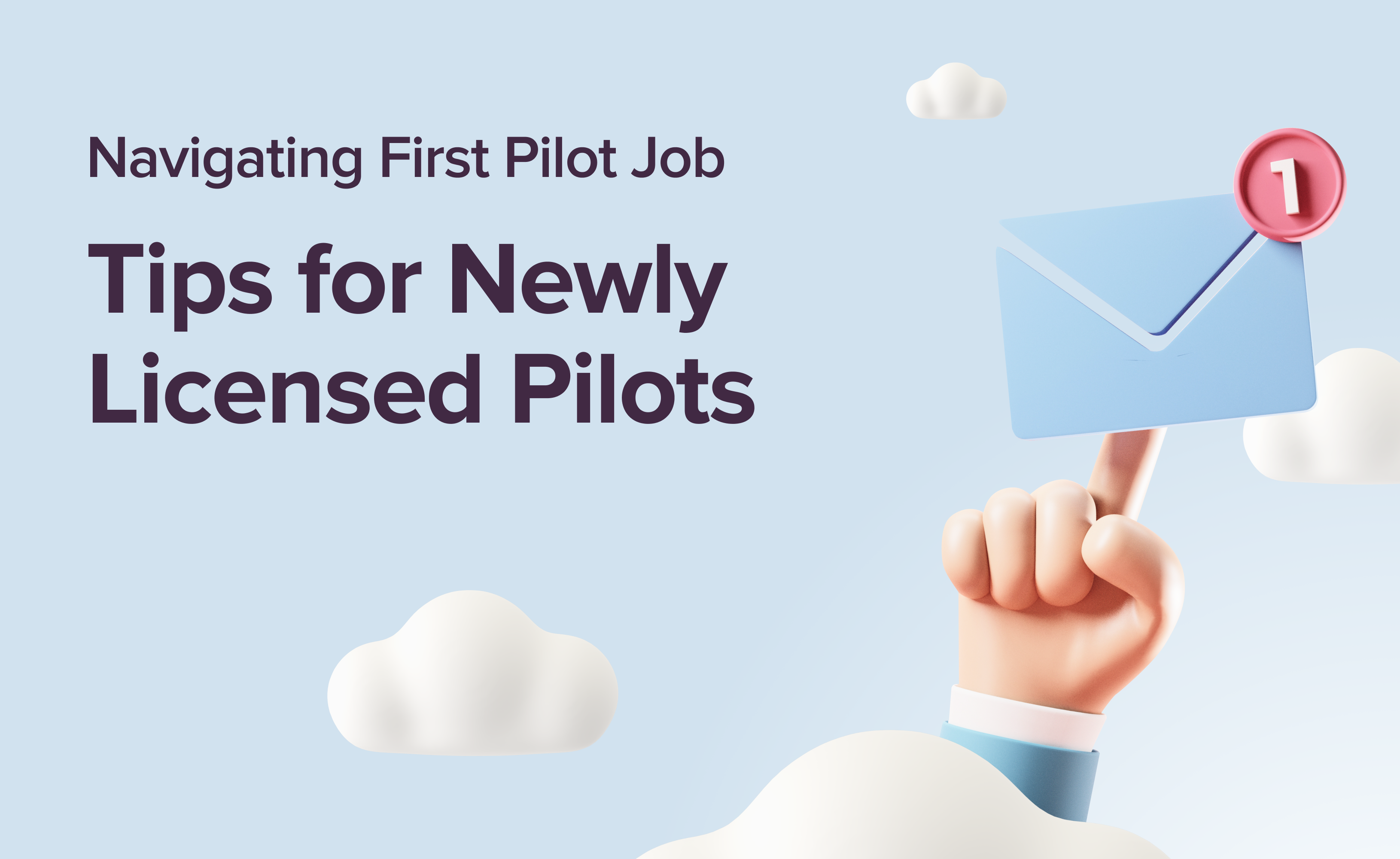
The immense satisfaction of earning your pilot's licence is undeniable. You have earned your wings! But after the demanding training in flight schools and the intensity of theory exams, a new challenge awaits: navigating the job market in the aviation industry. This comprehensive guide is here to propel you forward, offering practical advice and insider tips to help you land that coveted first flying job. Especially for those of you who are newly licensed pilots.
Whether you're a private pilot seeking initial opportunities or a commercial pilot exploring airline pilot career paths, we've got you covered. So, keep reading to take flight in the world of pilot job hunting and entry requirements!
Private Pilot’s Licence Jobs

One common question is, “What jobs can I get with a private pilot's licence?” Unfortunately, a private pilot’s licence doesn’t qualify you for paid positions.
While a Private Pilot's Licence (PPL) opens the door to the exciting world of aviation, it's important to understand its limitations regarding paid employment. Unlike a Commercial Pilot's Licence (CPL) which qualifies you for professional flying careers, a PPL restricts you to non-commercial flying.
Here's what a PPL allows you to do:
Pilot in Command. You can legally fly an aircraft as the chief pilot, carrying passengers who are not paying for the flight. This allows you to share the cost of flying with friends and family, making aviation more accessible and enjoyable.
Building Experience: A PPL is a stepping stone towards higher pilot licenсes. By logging flight hours under a PPL, you gain valuable experience that airlines look for when considering candidates for CPL programs or other professional pilot jobs roles.
Flight Instruction: After the completion of your training as a certified Flight Instructor (FI), you can become a trainer in any renowned flying school.
For a comprehensive roadmap to becoming a pilot in the United Kingdom and Europe, check out this detailed guide. It walks you through every aspect of the journey, from understanding the essential skills and qualifications needed to kickstart your exciting aviation career.
Commercial Pilot Job Opportunities

To start earning as a pilot, you'll need to obtain a commercial pilot's licence (CPL). This certification opens a variety of opportunities, allowing you to get paid for flying.
Several entry-level roles are available when you have just obtained your pilot's licence. These roles often pay modestly, so the goal is to quickly build flight hours, aiming for 1,500 hours to unlock opportunities as a regional or corporate pilot.
Here are the typical entry-level position requirements for newly commercial licensed pilots:
Flight Instructor (FI)
Teaching student pilots, conducting flight training and ensuring students meet safety standards. A Commercial Pilot Licence (CPL) with an Instructor Rating is required. Flight Hours: Usually, a minimum of 250 flight hours.
Other Requirements: Completion of a flight instructor training course. Passing a written exam and a check ride with an examiner.
Starting as a ground flight instructor is a viable entry point into the aviation industry, offering a path to success. If you don’t secure a pilot job immediately, alternative roles such as Cabin Crew, Flight Dispatcher, Air Traffic Controller (ATC) operator, or Radio Controller can provide valuable experience. These roles can enhance your curriculum vitae and potentially give you priority when applying for a pilot position later.
Besides, a flight instructor career path is the quickest way to build flight hours. At busy flight schools, you could accumulate up to 100 flight hours per month. Alternatively, roles in aerial photography or banner towing might offer around 25 flight hours per month.
Skydive Pilot
Flying aircraft for skydiving operations, ensuring safe take-off and landing, and maintaining communication with skydivers.
Flight Hours: Often around 200-300 flight hours.
Other Requirements: Experience in short-field take-offs and landings, familiarity with the specific aircraft used for skydiving operations.
Banner Towing Pilot
Towing advertising banners behind the aircraft, ensuring safe banner pickup and drop, and complying with airspace regulations.
Flight Hours: Typically 250 flight hours.
Other Requirements: Special training in banner towing operations. Proficiency in low-altitude flying.
Small Cargo Pilot
Transporting cargo safely and efficiently, managing cargo weight and balance, and adhering to flight schedules.
Flight Hours: Typically, 500 flight hours.
Other Requirements: experience with the specific aircraft used for cargo operations, night flying and cross-country flight experience.
Airline Pilot Job Opportunities
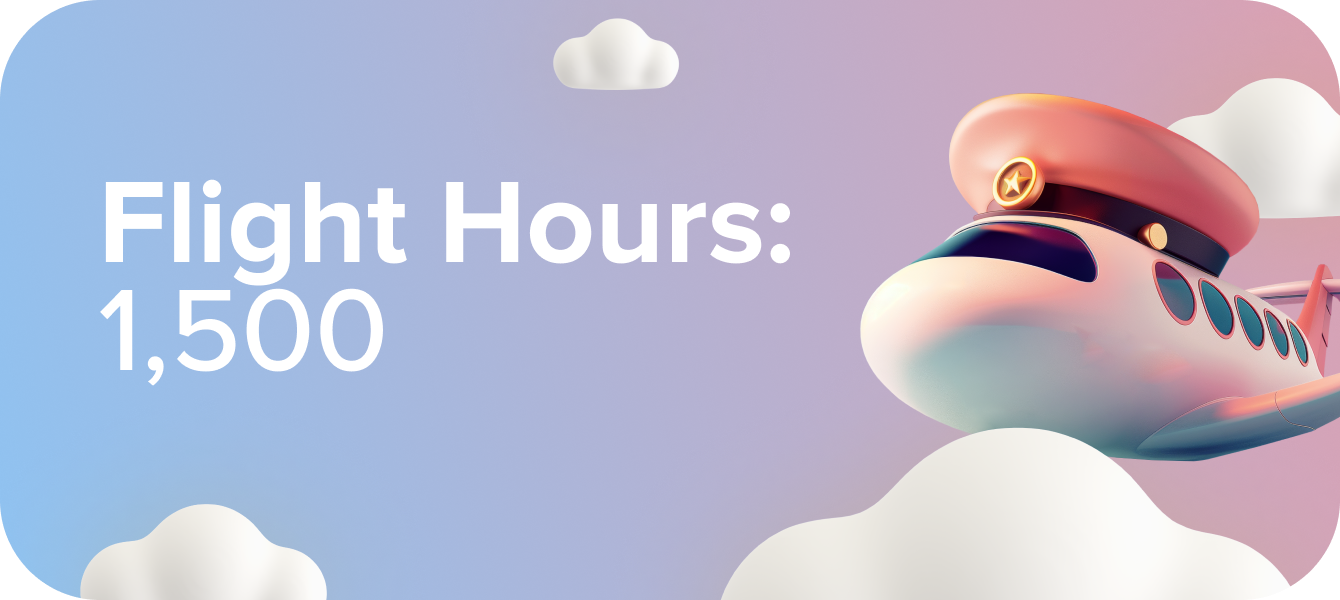
While a CPL allows you to act as a pilot in command for small aircraft, an Airline Transport Pilot Licence (ATPL) qualifies you to operate as a Captain/PIC of larger aircraft.
For pilots who have obtained their Airline Transport Pilot Licence (ATPL), the entry-level positions typically involve roles such as First Officer with major airlines.
Flight Hours: 1,500.
Type Ratings: Many airlines require a type rating for the specific aircraft they operate, for example, the type rating on Airbus A320. While some airlines provide type rating training, others may prefer candidates who already have the necessary type rating.
Simulator Assessment: Airlines often conduct simulator assessments as part of the selection process to evaluate technical flying skills and decision-making abilities.
Interview Process: The selection process typically includes technical and HR interviews, aptitude tests, and group exercises to assess both technical proficiency and interpersonal skills.
Prepare for common airline interview questions and practise through mock interviews. Understand the airline selection and assessment processes, focusing on pilot core competencies.
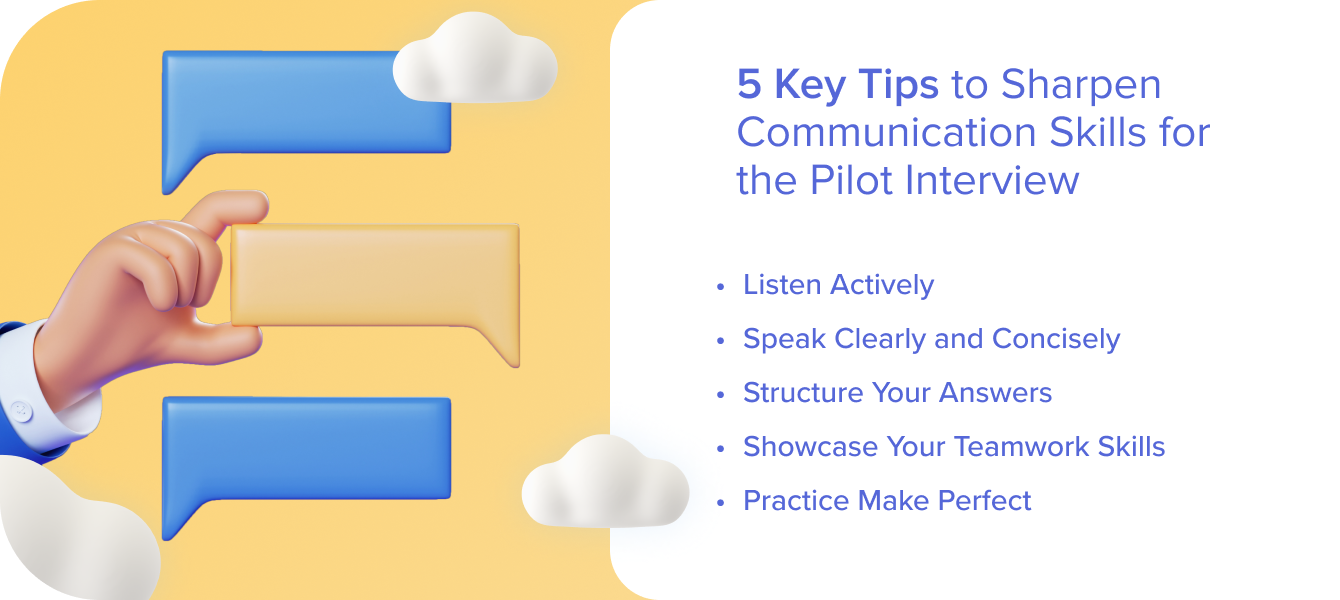
Soar Above the Rest: Your Guide to Acing the Airline Pilot Interview.
A seasoned aviator and helicopter flight instructor, Chris Keane Shares insight on a pilot career:
“Career development may seem like a dead man's shoes in aviation. Start with a frozen ATPL, plug away as a First Officer, gain the full ATPL when the hours are accumulated, and then eventually graduate to the left-hand seat as a fully-fledged Captain. You can help that process along by striving to maintain the highest professional standards at all times.
My advice to anyone entering this marvellous profession? Go for it! If I had my time again there is not much I would change. My own chosen career path was rotary wing and military, which was challenging and rewarding in equal measures for 30 years. My brother elected for airlines after a short rotary wing stint in the military and spent the next 28 years flying most of the current big jets in the BA inventory. Both he and I would agree that this profession is like no other.”
Newly Qualified Pilot Pathway Salaries
Salaries for newly qualified pilots can vary significantly based on the airline, type of aircraft, and geographic location. Here’s an overview of the typical salary ranges for newly qualified pilots, particularly those starting as First Officers.
General Entry-Level Pilot Salary Information
Regional Airlines:
Starting Salary: £25,000 to £40,000 per year.
Regional airlines typically offer lower starting salaries compared to major carriers, but these positions are valuable for building flight experience.
Low-Cost Carriers:
Starting Salary: £35,000 to £50,000 per year.
Low-cost carriers like EasyJet and Ryanair often provide competitive salaries with additional incentives based on performance and flight hours.
Major Airlines:
Starting Salary: £40,000 to £70,000 per year.
Major airlines, such as British Airways and Lufthansa, offer higher starting salaries, particularly for pilots on long-haul routes or more advanced aircraft types.

Aviation Experts' Tips for Newly Licensed Pilots
Here are several pieces of advice for those thinking about pursuing a career as a commercial pilot, offered by Rod Wren and Chris Keane, a Director and Instructor at Bristol Ground School respectively.
Focus on Core Competencies
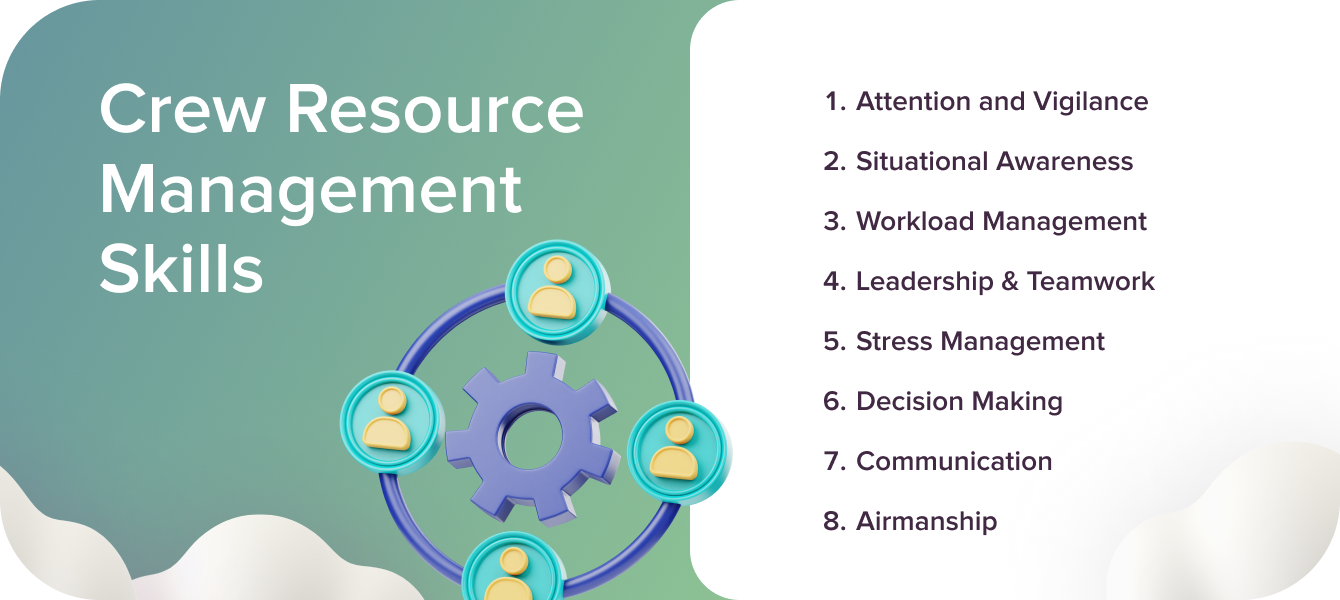
Beyond the basics of flying, the mark of a truly exceptional pilot lies in Situational Awareness (SA). This isn't just about mastering the controls; it's about having a clear picture of yourself, your aircraft, and everything around you in the dynamic environment of flight. It's the ability to not only see what's happening now but also anticipate what might happen next.
SA is arguably the most critical skill a pilot can develop, yet it's also one of the most challenging to define and train. Unlike mastering stick and rudder movements, SA is a complex blend of perception, comprehension, and projection. It requires constant vigilance, interpretation of information from various sources, and the ability to predict potential problems before they arise.
Go Through the Pilot Assessment Before You Commit

This career is not suited for everyone. A surprising number start and don’t finish. Before you commit, put yourself through an independent and competent assessment so you can reassure yourself that others see you in a positive light too. It will also give you valuable feedback on what you can work on to improve during your training. Beware assessments offered by flight schools that just serve to lure you into their training programme.
Airline selection processes heavily emphasise a pilot's core competencies. While ATPL theory briefly introduces these in the KSA (Knowledge, Skills, and Abilities) subject, traditional flight training often overlooks their practical application.
Ideally, student pilots should undergo an independent assessment early in their training. This allows ample time to address weaknesses and maximise your strengths before entering the competitive job market.
The Wings Alliance addresses this gap by offering a pilot assessment process that mirrors airline selection. This assessment evaluates your competencies and provides a personalised framework for improvement – all before you face airline scrutiny.
Make the Most of Hour Building and Further Training
Maximise your hour-building efforts with structured training and consider obtaining additional ratings to enhance your qualifications.
According to Rod Wren from Bristol Ground School, maximising your pilot training goes beyond just accumulating flight time. While formal courses like PPL, ATPL theory, and night ratings are crucial, reaching the total flight time (200-250 hours, including 100 PIC) requires strategic hour building.
Many pilots prioritise affordability over structured training during this phase. While understandable, this approach can backfire. Unsupervised flying can lead to bad habits that resurface later in your CPL course, requiring expensive corrective training.
So it would be better to partner with a commercial instructor to create a structured hour-building plan incorporating dual instruction for skill development. Each flight should have a clear training objective, ensuring you get the most out of your learning while logging Pilot In Command time.
Consider doing a BIR or IR(R) during your hour building. This is another recommendation from aviation professionals. We have a detailed blog post on this. In short, combining instrument training with hour building can save you money, provide a more realistic IFR experience, and allow you to keep flying even when the weather isn't ideal.
Master Your Pilot CV & Covering Letter
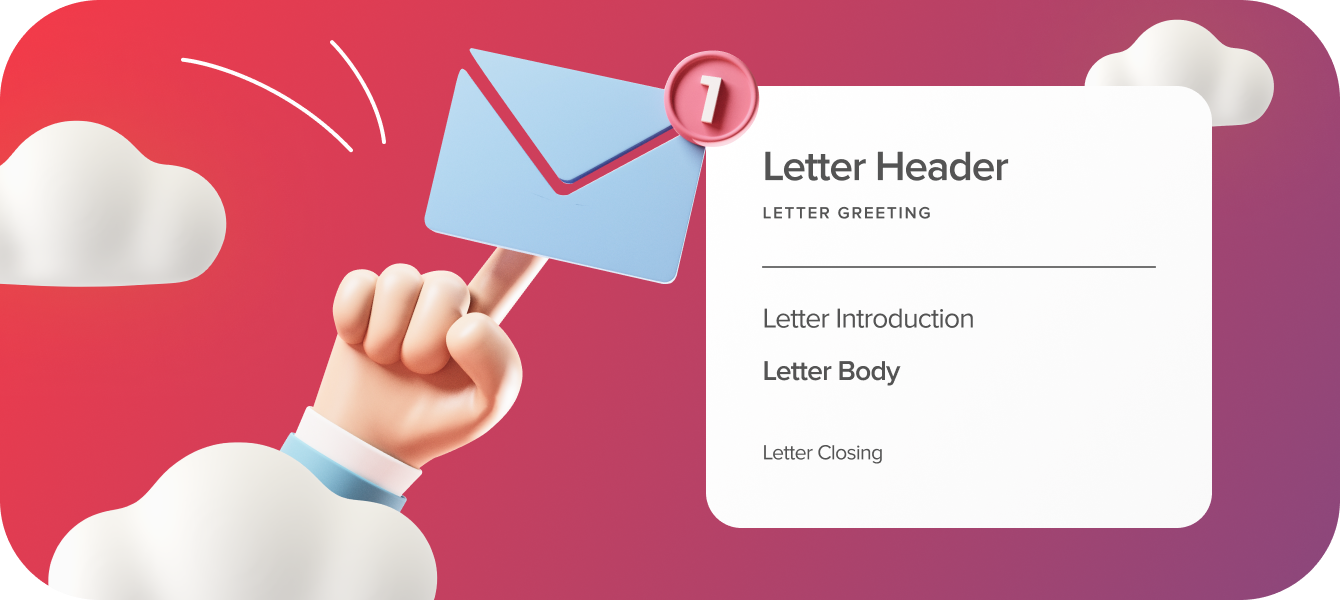
Your CV should highlight your training and experience, while your covering letter should be tailored to each application, showcasing your passion and commitment.
Start with a strong objective statement that outlines your career goals. Highlight your flight training, certifications, and hours flown with precision, and don't forget to include any simulator time or specific aircraft types you are proficient in. Tailor your cover letter to the airline or employer, demonstrating your knowledge of their flight operations and how your skills make you the ideal fit for their fleet and company culture. Remember, attention to detail and a professional tone can set you apart in a competitive field.
Aviation expert from BGS Ground School Chris Keane shares insights:
“It might be a great cliché, but, indeed, you never get a second chance to create a first impression. Nothing is more off-putting to a potential employer than to read a covering letter or CV littered with spelling and/or grammar errors. Keep your curriculum vitae as succinct as possible, while at the same time pointing out your best points. Make your covering letter stand out with your enthusiasm for your chosen profession. It is worth re-reading the job spec several times, and ensuring that your CV and letter hit all of the main points that the employer is looking for. Have someone else proofread and spell-check your application before you send it. It is well worth spending some of your hard-earned cash on one of the interview preparation courses run by the aviation industry. These are coached by professional pilots, many of whom have been on the other side of the interview table.”
Need a Stand-Out Cover Letter? Get pilot-specific tips and samples to boost your application.
Research the Career Opportunity Properly

Before committing to a career as a commercial pilot, it's crucial to thoroughly research the field. Investigate different career paths within aviation, such as regional airlines, major carriers, cargo transport, and corporate aviation. Look into the requirements, training programs, and career progression for each path.
Understanding the financial investment, potential earnings, and job stability will help you make an informed decision. Use reputable sources, industry publications, and forums to gather accurate information. Consider attending aviation expos, career fairs, and informational webinars to gain a deeper insight into the profession.
Don’t Do it Alone – Go for Networking

Going solo might seem romantic, but when it comes to landing your first pilot job, teamwork makes the dream work. Here's how networking supercharges your career launch.
Mentor organisations like the Wings Alliance are goldmines. Their structured programs guide you through pilot training, but the real treasure is their experienced mentors. These veterans offer personally tailored advice based on their careers, giving you invaluable insights you wouldn't get elsewhere.
Don't stop at mentor organisations. Broaden your horizons by attending industry events, and job fairs, and joining pilot associations. These events put you face-to-face with potential employers and peers, allowing you to make connections, showcase your skills, and learn from others in the field.
Conclusion
We would like to conclude the article with Chris Keane's words:
“Anyone can learn to fly, given enough time. What is more difficult is the ability to operate. Much of that comes with experience, but the basics have to be learnt. Though there are subtle differences in the way different companies operate, the ground rules are the same for all of us. Fly safely, fly efficiently, and uphold the company ethos and values”.




